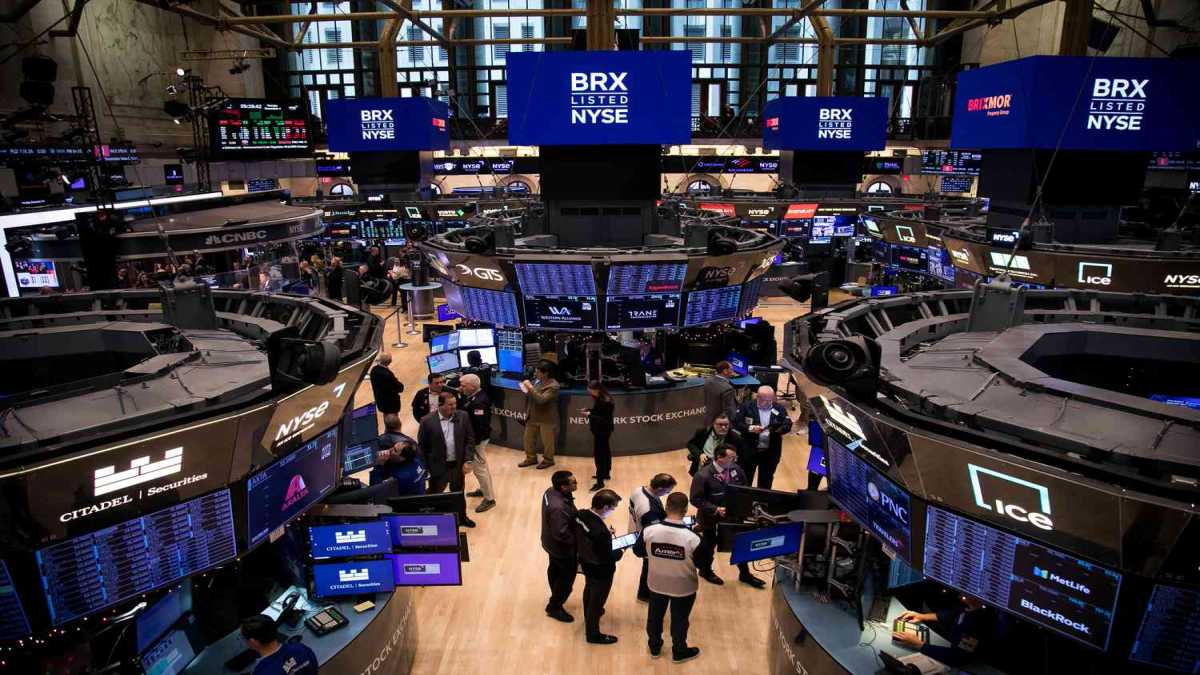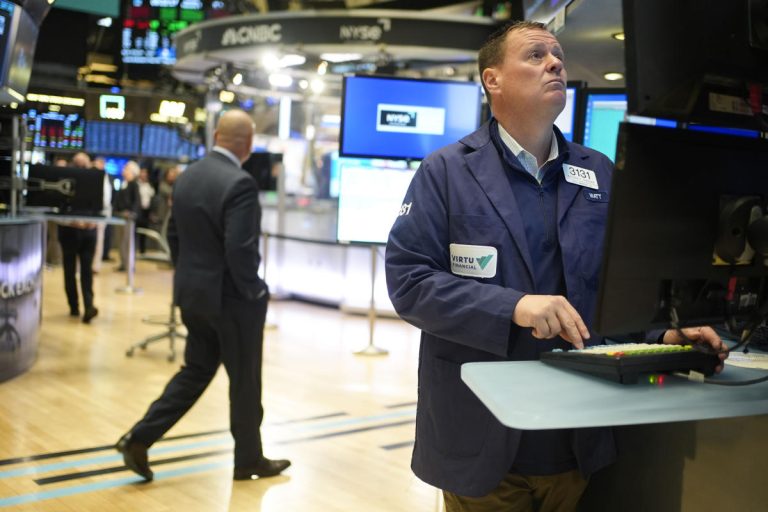Lucid’s Bold Production Plans: A Comeback Story or a Costly Gamble?
The recent journey of Lucid Group (NASDAQ: LCID) has been somewhat turbulent. Its stock has been unexpectedly strong in spite of many downgrades by Wall Street and a significant change in leadership. Investor sentiment appears to be split; some are placing bets against the business, while others are optimistic about its long-term prospects. What is the true situation with Lucid, then, and why is the stock rising even if experts are advising against selling? Let’s have a look at it.
Lucid’s Stock Sees a Surprise Bump
Recently, Lucid’s stock increased by over 0.7% to trade at about $2.17 per share. That might not seem like much, but any upward trend is noteworthy considering the company’s unfavorable press. It’s important to note that there was a 61% decrease in trading volume, which indicates that fewer shares were being purchased and sold. This implies that although some investors are taking it easy, others believe Lucid’s future holds promise.
Wall Street Analysts Aren’t Impressed
Despite this small stock boost, analysts are not convinced. Over the past few weeks, two big names on Wall Street have issued harsh downgrades:

- Redburn Atlantic dropped Lucid’s rating from “Neutral” to “Sell” and slashed its price target from $3.50 to $1.13.
- BofA Securities took an even harsher stance, downgrading the stock to “Underperform” and cutting its price target from $3.00 to $1.00.
Why the negativity? Analysts are worried about Lucid’s ability to scale up production and compete with bigger players like Tesla and Rivian. Simply put, they don’t think the company can grow fast enough to justify its stock price.
Lucid’s CEO Steps Down – What’s Next?
As if things weren’t already shaky, Lucid’s CEO and founder, Peter Rawlinson, announced his resignation in February. He was one of the key figures behind Lucid’s engineering success, so his departure raised some eyebrows. For now, COO Marc Winterhoff has stepped in as interim CEO while the company searches for a permanent replacement.
Leadership changes like this always create uncertainty. On one hand, a fresh perspective could help Lucid course-correct. On the other, the transition period can cause instability, which often makes investors nervous.
Earnings Were Better Than Expected – But Is It Enough?
Lucid’s most recent earnings report wasn’t as bad as many had feared. The company reported a loss of 22 cents per share, but that was slightly better than Wall Street’s expectation of a 25-cent loss. Revenue also beat estimates, coming in at $234.5 million instead of the predicted $214 million.
That’s good news, but let’s not forget—Lucid is still losing money. The company’s challenge is to not only improve production but also find a way to actually become profitable before its cash reserves start running low.
Big Plans for Production – Can Lucid Deliver?
Lucid isn’t playing it safe. The company has big plans to produce 20,000 vehicles in 2025, which is more than double what it produced last year. A big part of this strategy is the launch of its upcoming Lucid Gravity SUV, which it hopes will attract more buyers and boost sales.
But this is a risky move. Manufacturing at this scale is tough—supply chain problems, competition, and rising costs could all throw a wrench in these plans. If Lucid can’t hit these production targets, it could end up burning through cash without delivering the results investors want to see.
Big Money Still Backs Lucid
Despite all the challenges, some major investors still believe in Lucid. The biggest player here is Saudi Arabia’s Public Investment Fund (PIF), which owns nearly 59% of the company and recently increased its stake.
Other institutional investors, like Vanguard and D.E. Shaw, have also adjusted their positions in Lucid—some buying more, some selling. But the fact that Saudi Arabia is doubling down is a sign that they see a long-term future for Lucid, even if the short-term outlook is uncertain.
What’s the Market Saying?
Right now, investor sentiment is mixed. A huge 23.8% of Lucid’s stock is being shorted, meaning a lot of traders are betting on the price to drop. That’s a sign of skepticism.
At the same time, Lucid’s current “Hold” rating from analysts suggests that while things look rough, there’s still hope for a recovery if the company executes well over the next few quarters.
What’s Next for Lucid?
This is a pivotal moment for Lucid. The business must demonstrate that it can increase output, maintain high demand, and win back investor trust.
Lucid might turn things around and disprove the skeptics if its new SUV launch is successful and it reaches production targets. However, if it falters, the stock price may drop and it may receive even more downgrades.
In the market for electric vehicles, Lucid is still a high-risk, high-reward investment. Where it goes from here will be decided in large part over the course of the next few months.






